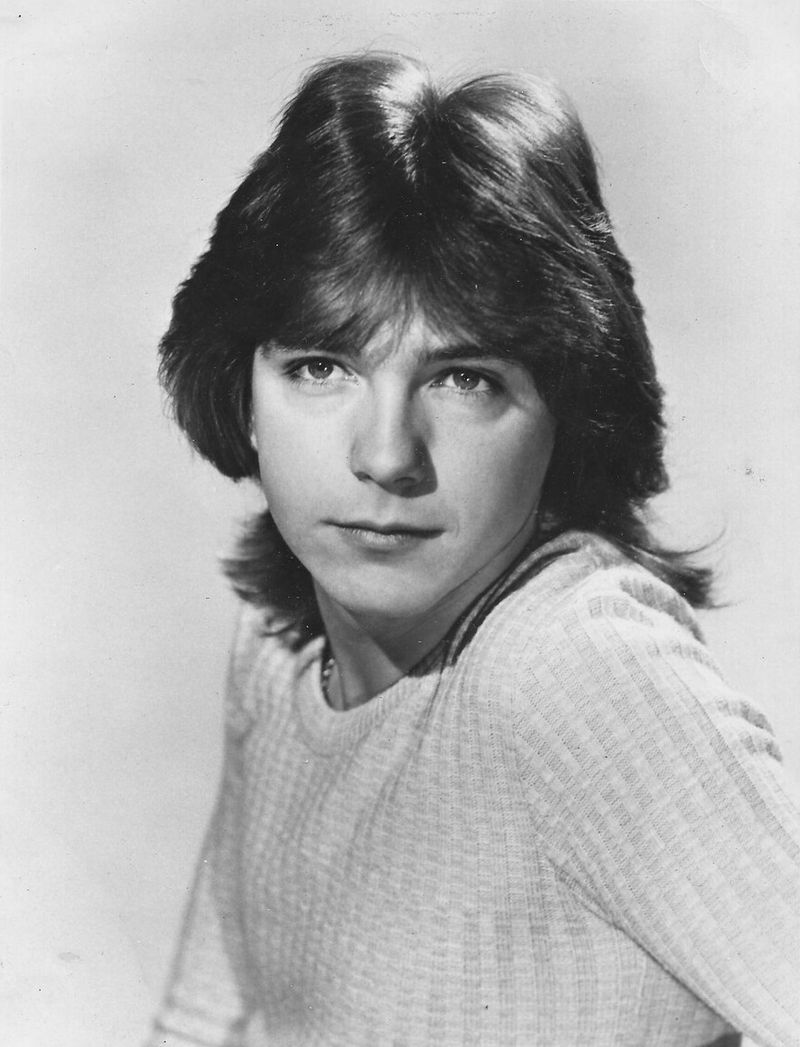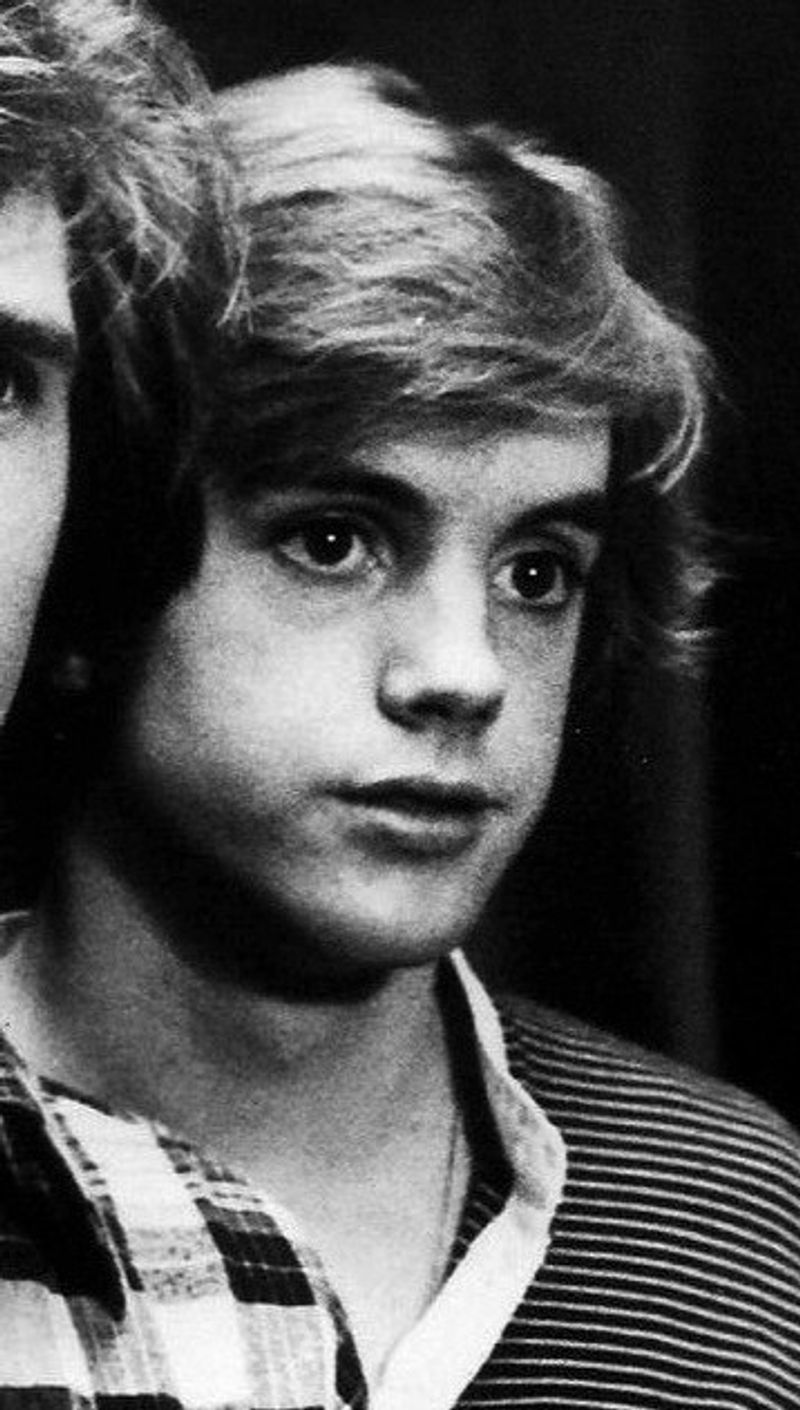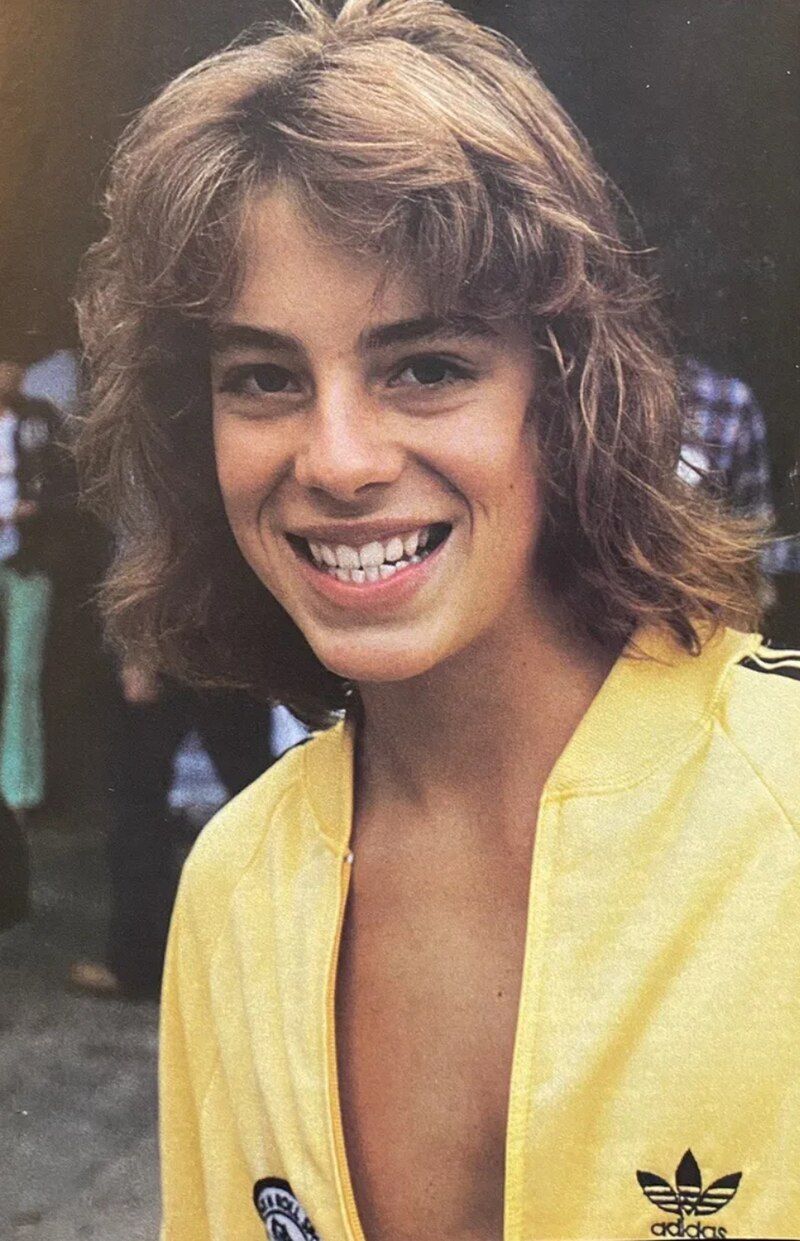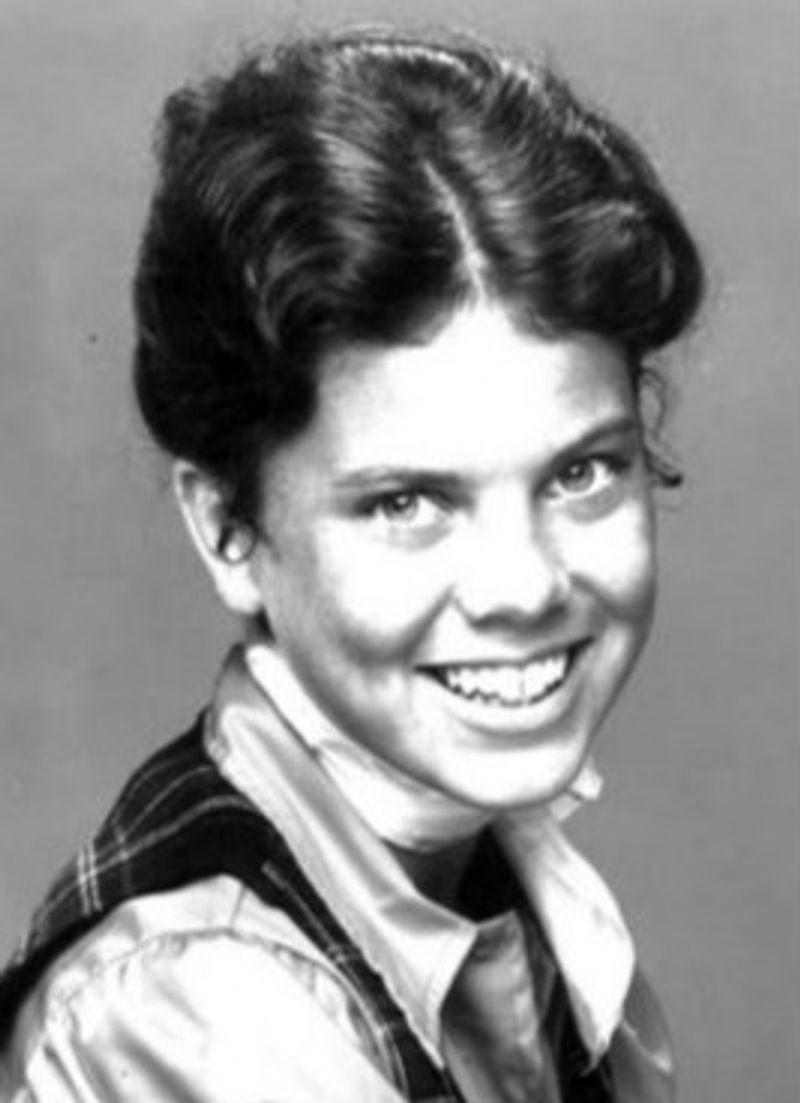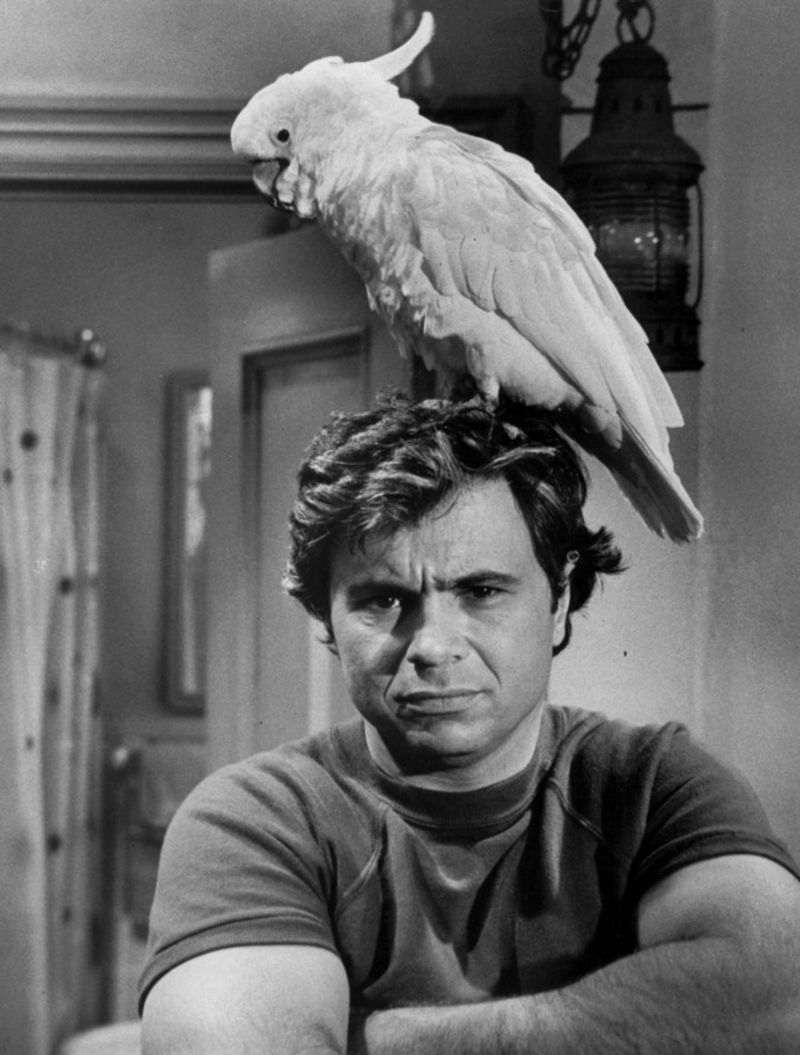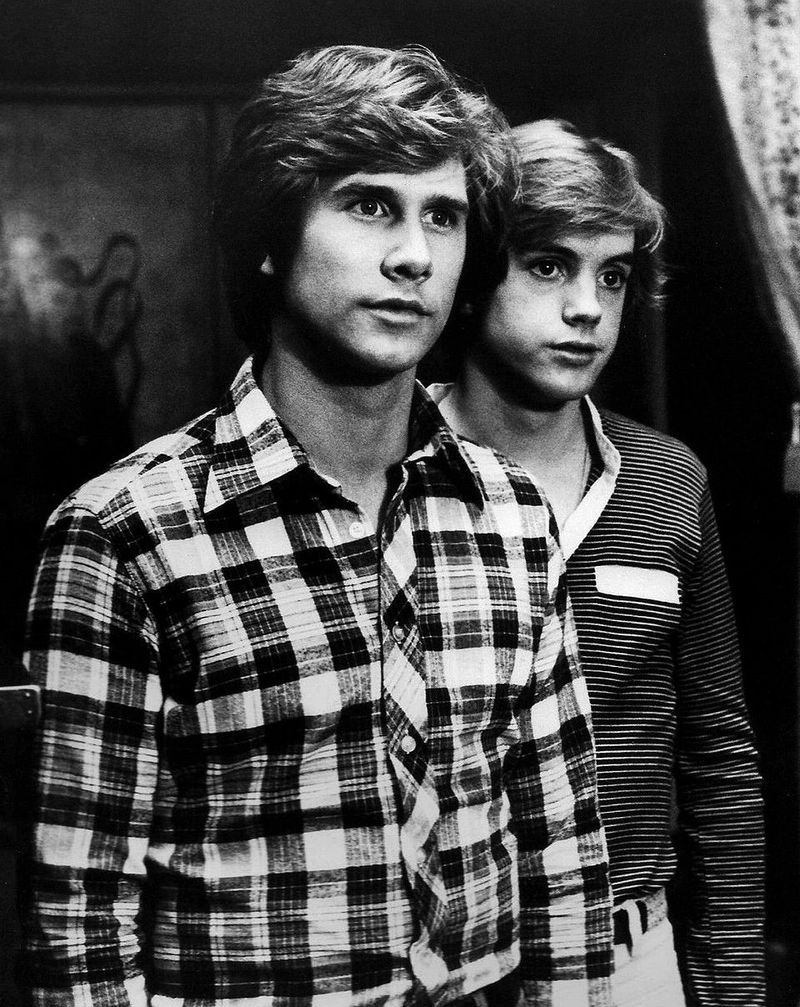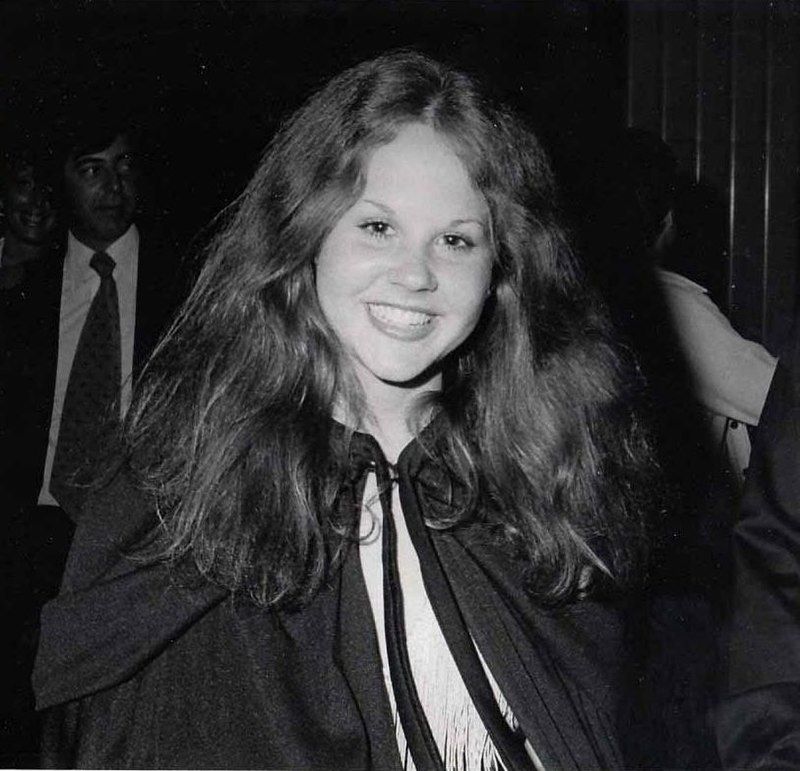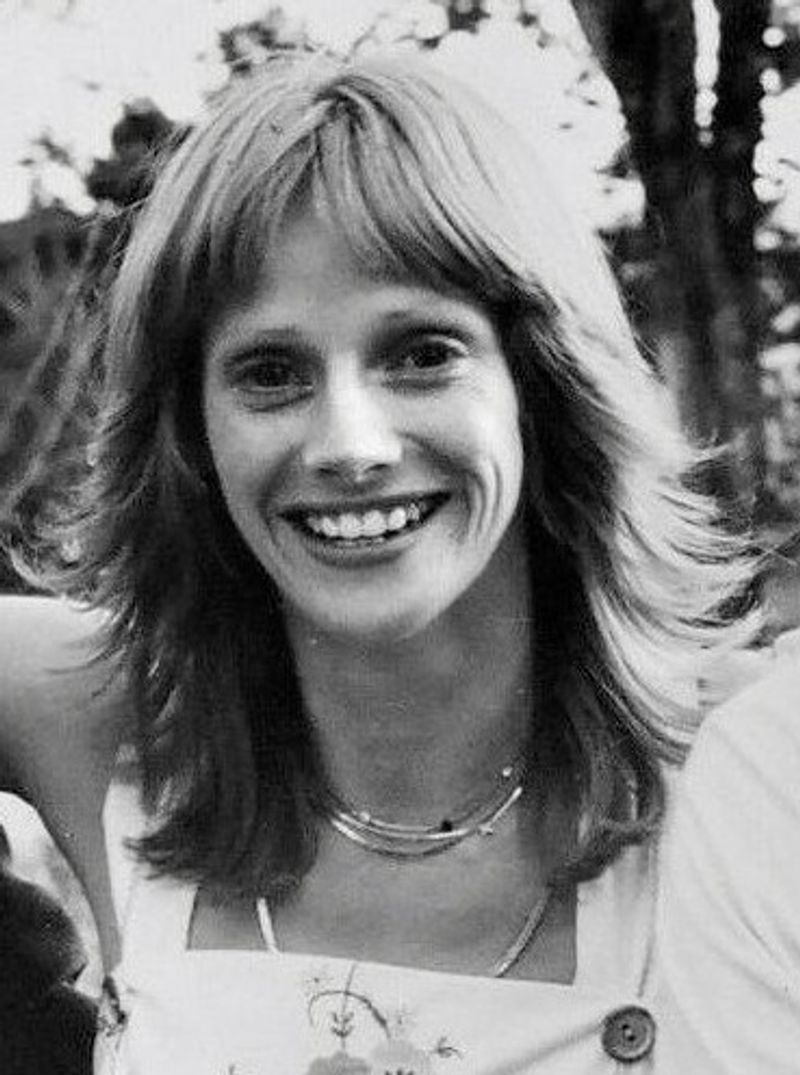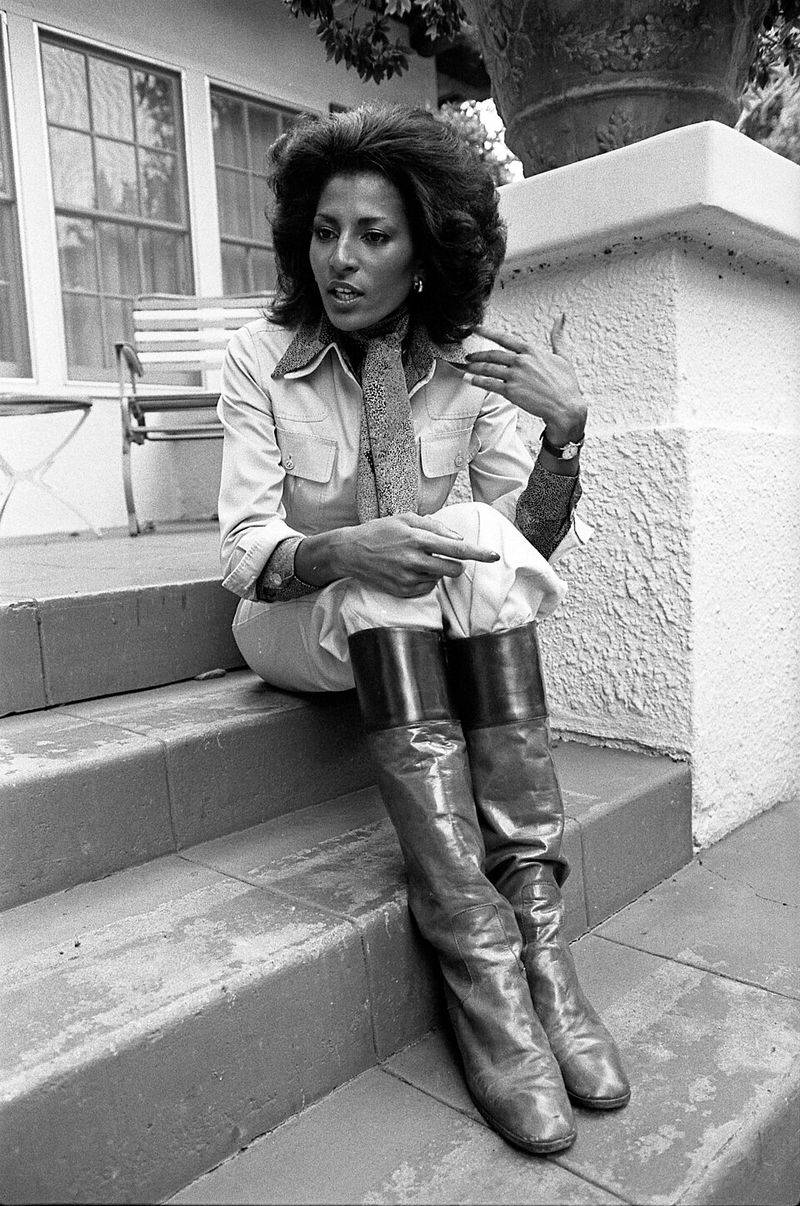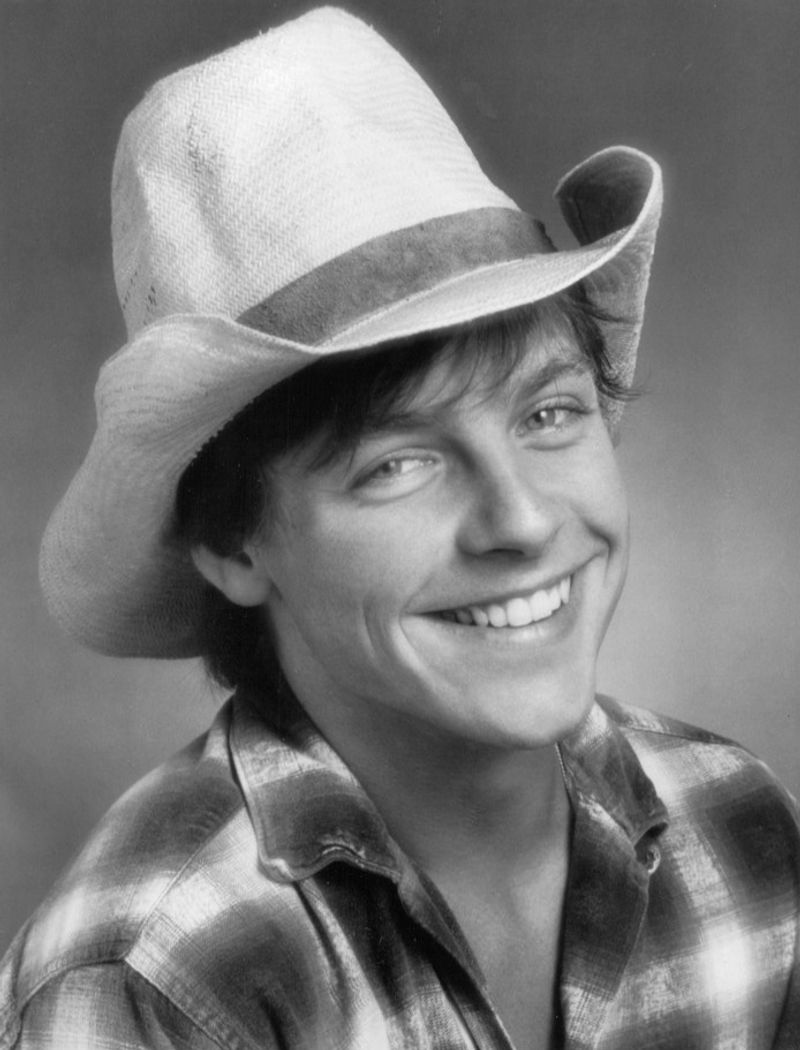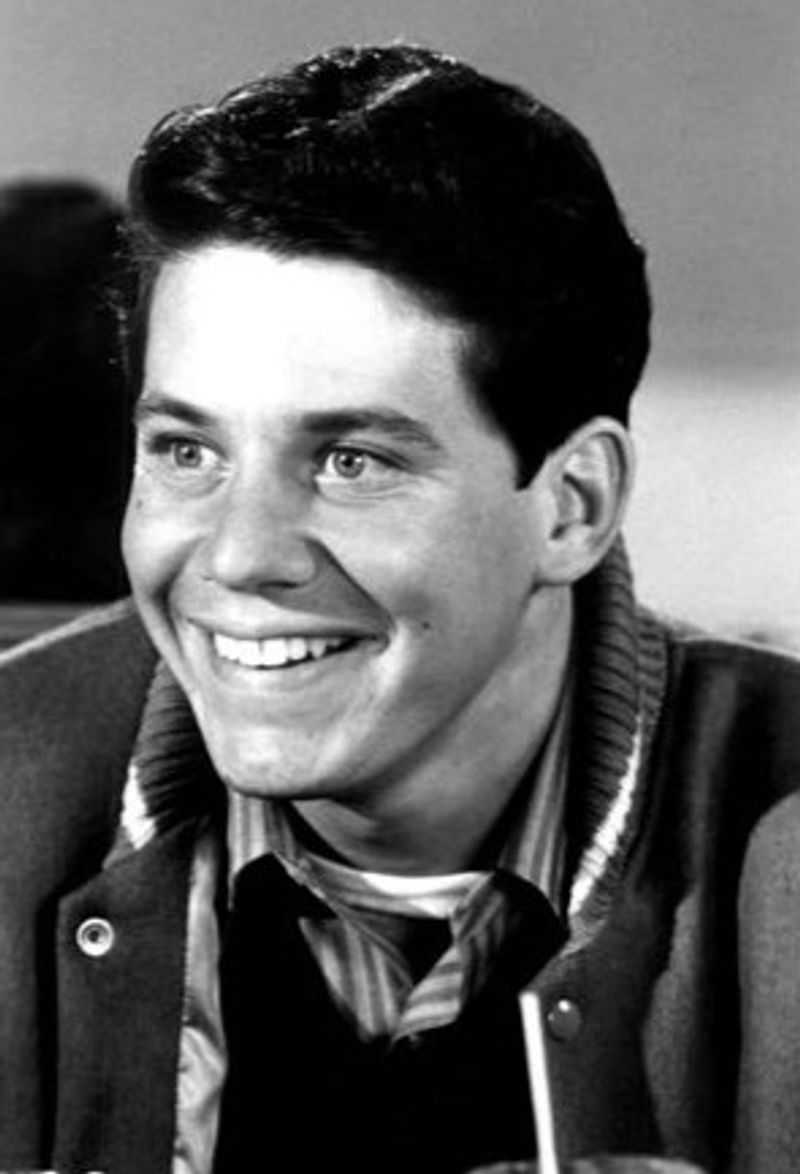The 1970s minted icons overnight – faces on lunchboxes, voices on vinyl, and names shouted by millions. Yet fame can be a revolving door, and many dazzling talents slipped out almost as quickly as they arrived. What happened when the spotlight dimmed and the hits stopped coming? Journey through 17 captivating stories of stardom, reinvention, and the quiet exits that left fans wondering where their favorites went.
1. Bobby Sherman
Bobby Sherman rode a wave of wholesome pop stardom with hits like “Little Woman,” appearing on teen magazines and TV specials throughout the early ’70s. At the height of his fame, he made an unusual pivot: stepping back from show business to serve his community. Sherman trained as an emergency medical technician and later served as a deputy sheriff, channeling his public platform into real-world impact. He co-founded a children’s foundation, choosing purpose over the relentless entertainment grind. That quiet, deliberate exit baffled some fans but earned deep respect. Sherman’s story proves vanishing can be a noble reinvention.
2. David Cassidy
David Cassidy rocketed to fame as Keith Partridge, embodying the quintessential 1970s teen idol with glossy magazine covers and chart-topping singles. His hit “I Think I Love You” became a cultural touchstone, fueling sold-out tours and fervent fan clubs. Yet rapid fame brought intense pressure, publicized family tensions, and battles with addiction. Attempts at musical reinvention and Broadway detours never fully matched earlier hysteria. In later years, he prioritized personal recovery and sporadic performances, stepping back from relentless celebrity. Cassidy’s story underscores the volatility of teen stardom: a brilliant flare that illuminated a decade, then gently receded from mainstream view.
3. Shaun Cassidy
Shaun Cassidy surged as a teen idol with bubblegum hits and TV exposure, inheriting a slice of Partridge-style mania. As the market matured, he pivoted smartly, writing and producing for television rather than chasing diminishing pop returns. That behind-the-scenes shift lowered his public profile while expanding creative influence. To casual fans, it looked like disappearance; in reality, it was reinvention. Cassidy’s story proves longevity sometimes thrives off-camera. The poster boy stepped away from center stage, leaving a legacy of catchy singles and a second act defined by storytelling craft few realized he’d been quietly honing.
4. Leif Garrett
Leif Garrett’s posters papered bedroom walls, his swaggering charisma powered TV guest spots, and songs like “I Was Made for Dancin’” defined pop’s glossy side. Hollywood flirted with him as a cross-medium phenom, but the teen idol bubble popped as tastes shifted. Personal struggles, legal troubles, and addiction overshadowed professional momentum. Attempts at musical comebacks found limited traction, and typecasting lingered. Garrett’s public image morphed from heartthrob to cautionary tale, a reflection of how youth fame can trap artists in a moment they can’t outgrow. He receded from top-tier visibility, leaving behind a vivid snapshot of late-’70s celebrity culture.
5. Erin Moran
Erin Moran charmed audiences as Joanie Cunningham on Happy Days and its spinoff Joanie Loves Chachi, embodying teen life on network TV. When the franchise’s glow dimmed, typecasting loomed, and roles became sparse. Attempts at reality TV and guest spots couldn’t reignite her earlier fame. Personal and financial struggles surfaced in the press, complicating comebacks. As the industry evolved toward edgier content and cable fragmentation, Moran’s brand of wholesome sitcom stardom felt out of step. She receded from the spotlight, remembered warmly for her youthful spark and the comfort-food nostalgia of classic ’70s television.
6. Susan Dey
Susan Dey captured hearts as Laurie Partridge, the cool, composed counterpoint in a family band that defined early-’70s TV. She successfully transitioned to adult roles, winning acclaim on L.A. Law and showing range beyond wholesome sitcom roots. Yet after decades in the business, Dey chose privacy, stepping away from acting in the early 2000s. Eschewing the constant churn of publicity, she embraced a quieter life. While not an abrupt disappearance, her retreat felt sudden to fans who watched her grow up on screen. Dey’s trajectory illustrates a rare Hollywood exit by choice, not scandal—fame traded for peace.
7. Karen Black
Karen Black became a New Hollywood staple, delivering electric performances in Five Easy Pieces and Nashville. Her unconventional magnetism and genre-bending choices made her a critic’s darling. As the ’70s waned, marquee roles thinned; Hollywood’s appetite shifted to different archetypes and blockbuster sensibilities. Black continued working tirelessly, often in indie and cult projects, but mainstream visibility ebbed. Her legacy endured among cinephiles, yet the casual audience lost track. She represents an era’s daring spirit—an actor whose singular presence thrived when studios took risks. When that climate faded, so did widespread recognition, leaving behind a cult canon and ardent admirers.
8. Robert Blake
Robert Blake achieved household-name status with Baretta, embodying the tough, streetwise TV cop of the ’70s. After the series, his career oscillated, and he struggled to find equally defining roles. Later legal controversies consumed public attention, overshadowing his earlier achievements. Although he made sporadic returns, the long shadow of scandal and changing TV tastes diminished his prominence. For many, Blake’s once-familiar face became linked to headlines rather than performances. His fading from the mainstream underscores how off-screen narratives can rewrite an artist’s legacy, effectively pushing earlier acclaim to the margins of pop culture memory.
9. Parker Stevenson
Parker Stevenson became a household name as Frank Hardy on The Hardy Boys/Nancy Drew Mysteries, embodying clean-cut charm that teens adored. After the series, he found steady work but never matched that breakout fervor. As tastes shifted toward grittier antiheroes, his image proved harder to rebrand. Stevenson moved behind the camera, directing and photographing, cultivating a lower-profile creative life. While he didn’t disappear entirely, his presence in front of mainstream audiences dwindled. For many who grew up in the ’70s, he remains frozen in time—forever the earnest sleuth with windswept hair and a clue just around the corner.
10. Linda Blair
Linda Blair’s seismic breakthrough in The Exorcist made her a global sensation, yet it also boxed her into horror’s narrow corridors. Hollywood struggled to see beyond her demonic possession role, despite her versatility and activism. She worked consistently in genre films and television, but mainstream prestige projects were scarce. Over time, Blair focused on animal rescue and advocacy, cultivating fulfillment away from red carpets. Though not invisible, she slipped from A-list chatter, resurfacing mostly in horror retrospectives. Blair’s career shows how a defining role can be both a crown and a cage, shining brilliantly yet limiting future paths.
11. Adrienne Barbeau
Adrienne Barbeau became a ’70s staple via Maude and later cultivated a cult following in genre films. Her distinctive voice and commanding presence made her memorable, yet she never fully consolidated A-list film status. As the industry cycled trends, she gravitated to theater, voice work, and niche projects. This diversified path maintained a career but reduced mainstream visibility. To many, Barbeau seemed to fade after peak ’70s familiarity, even as she kept working. Her journey exemplifies a steady, craftsmanlike approach to acting, trading tabloid sparkle for sustained, if quieter, creative longevity across stage, screen, and sound booth.
12. Rick Springfield
Before his ’80s smash “Jessie’s Girl,” Rick Springfield tasted 1970s fame as an Australian pop import and TV presence. A label shuffle and shifting rock tides stalled his late-’70s ascent, creating the impression of a vanished star. He recalibrated with acting gigs and intense songwriting, reemerging in the early ’80s. For those who remember his ’70s push, the gap felt like a disappearance. Springfield’s path highlights the precarious bridge between teen-idol polish and rock credibility—one misstep and audiences move on. His eventual comeback shows how persistence can reignite a career after the lights temporarily dim.
13. Sondra Locke
Sondra Locke earned an Oscar nomination for her debut and became closely associated with Clint Eastwood through several films. While she had talent and presence, her career became entwined with a complex personal and professional relationship. After their split, industry opportunities thinned, and protracted legal battles dominated coverage. Locke directed and pursued creative projects, but the momentum of ’70s visibility never returned. She remains a symbol of how Hollywood power dynamics can shape trajectories. For many, Locke seemed to vanish, though she continued fighting for authorship and autonomy behind the scenes, far from the marquee lights that launched her.
14. Pam Grier
Pam Grier dominated ’70s screens with fierce, charismatic turns in Coffy and Foxy Brown, defining the era’s action heroine. As blaxploitation waned, mainstream roles narrowed, and she receded from the largest spotlights. Grier kept working in TV and film, later enjoying a ’90s resurgence with Jackie Brown. Between those peaks, casual audiences assumed she’d disappeared. In truth, she sustained a career against industry headwinds, writing a memoir and advocating for representation. Her story is less vanishing act than ebb and flow—an icon whose influence remained potent even when Hollywood temporarily looked the other way.
15. Mark Hamill
Mark Hamill’s face became synonymous with late-’70s blockbuster phenomenon, yet live-action roles beyond Luke Skywalker proved elusive. Typecasting and a serious car accident complicated his trajectory. While he appeared less on camera, he reinvented himself as a prolific voice actor, notably as the Joker. To those tracking only visible film roles, it felt like he vanished after Star Wars’ initial run. In reality, he thrived off-screen, shaping animation and gaming. Hamill’s path illustrates how a role’s gravitational pull can obscure a diversified career, making a superstar seem absent even while he’s working constantly in other mediums.
16. Anson Williams
Anson Williams won hearts as Potsie on Happy Days, a fixture of family viewing throughout the decade. When the series wound down, he pivoted to directing episodes of television, trading in his on-camera persona for behind-the-scenes craft. The shift reduced his visibility, leading many to assume he’d left the industry. Instead, he quietly built a steady career guiding sitcoms and dramas. Williams exemplifies the performer who evolves with changing opportunities, choosing steadiness over celebrity. His public profile dimmed, but his impact lingered in the rhythms of network TV, where his name appears in credits rather than headlines.
17. Lynda Carter
Lynda Carter became a global icon as Wonder Woman, yet struggled to translate that fame into a long run of leading roles afterward. Typecasting and the shift toward male-driven action franchises narrowed options. She explored music and stage work, maintaining visibility but not at ’70s heights. To many viewers, she seemed to vanish after the cape. In reality, Carter built a multifaceted career with concert tours, guest roles, and advocacy. Her story shows how an indelible character can eclipse an artist’s full range, making sustained reinvention difficult even for a performer with undeniable star power.


